Simplify Package Management with Google Artifact Registry: A Comprehensive Guide
 Amol Kadwe
Amol Kadwe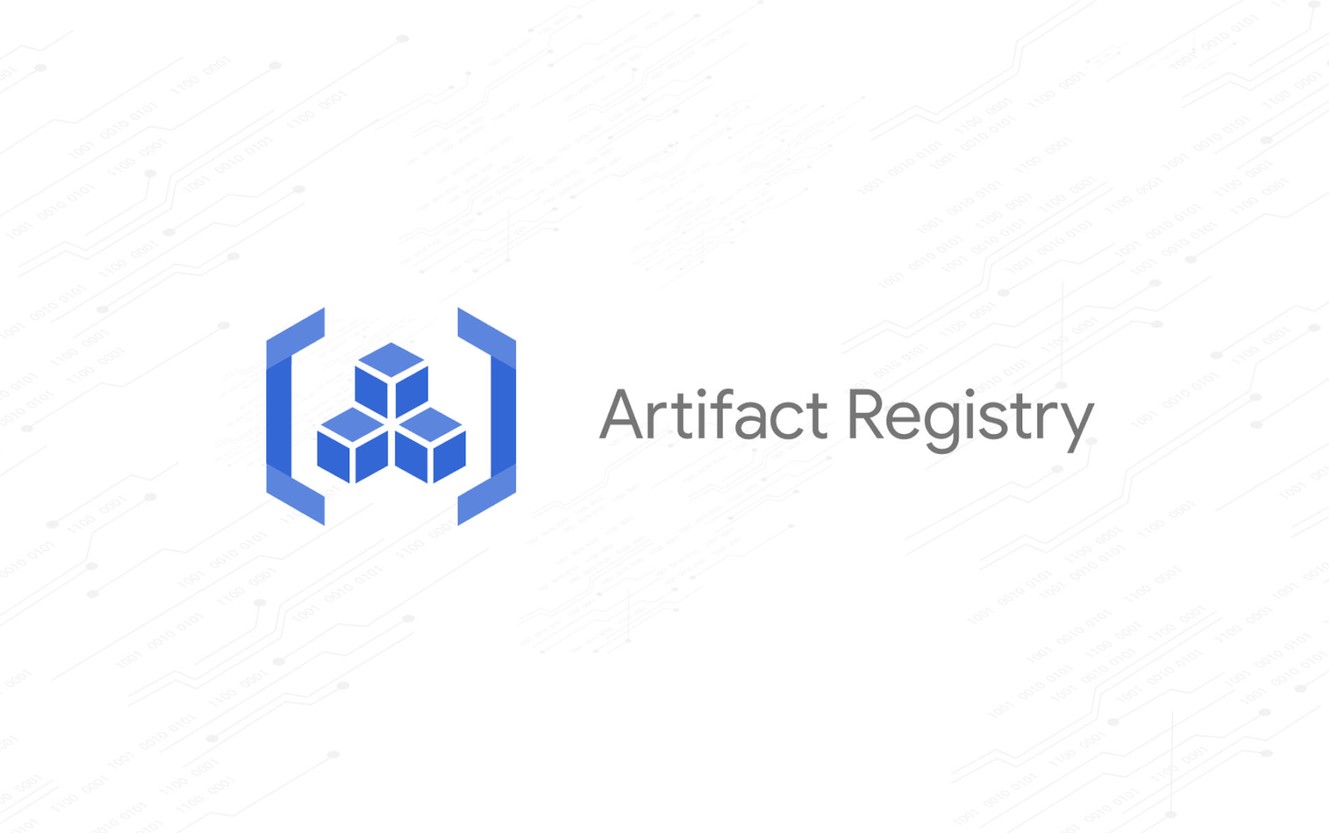
Introduction:
In today's fast-paced development landscape, efficient package management is crucial for seamless software deployment and collaboration. With the rise of cloud computing and DevOps practices, developers are constantly seeking reliable solutions to streamline their package management workflows. In this guide, we'll explore Google Artifact Registry—a powerful tool for managing software packages—and demonstrate how it can revolutionize your development process.
Why Use Google Artifact Registry?
Google Artifact Registry offers a myriad of benefits that make it an indispensable tool for modern software development teams:
Centralized Package Management: Artifact Registry provides a centralized platform for storing and managing software packages, eliminating the need for disparate repositories and manual tracking.
Enhanced Security: With fine-grained access control policies, Artifact Registry ensures that only authorized users can access or modify packages, safeguarding your software artifacts from unauthorized access.
Private Repositories: Artifact Registry allows you to create private repositories, enabling you to securely store proprietary or sensitive packages within your organization.
Seamless Integration with GCP: As part of Google Cloud Platform (GCP), Artifact Registry seamlessly integrates with other GCP services, facilitating smooth integration into your existing development workflows.
Flexibility and Compatibility: Supporting multiple package formats—including Docker containers, Maven, npm, and Python packages—Artifact Registry offers unparalleled flexibility, allowing you to manage a diverse range of software artifacts in one centralized location.
Scalability and Reliability: Built on Google's robust infrastructure, Artifact Registry ensures high availability and scalability, providing reliable access to your packages even as your project scales.
Versioning and Lifecycle Management: Artifact Registry supports versioning and lifecycle management for packages, enabling you to track changes over time and manage the lifecycle of your software artifacts effectively.
Getting Started with Google Artifact Registry:
Now that we've highlighted the benefits of using Artifact Registry, let's dive into how you can harness its power for your projects.
Creating a Registry: Start by creating a new registry in Artifact Registry. This will serve as the central hub for your software packages.
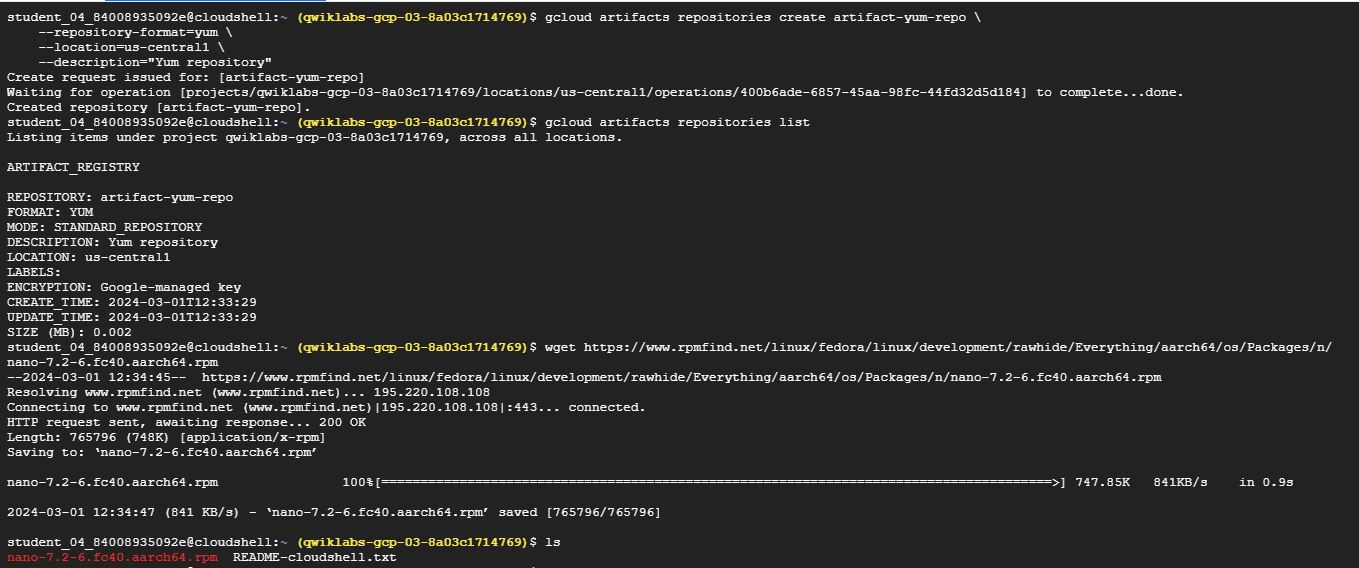
Configuring Access Control: Set up access control policies to manage who can access and modify packages within your registry, ensuring compliance with your organization's security policies.
Uploading Packages: Upload your software packages to Artifact Registry, either manually or through automated build pipelines, to populate your repository with the necessary artifacts.
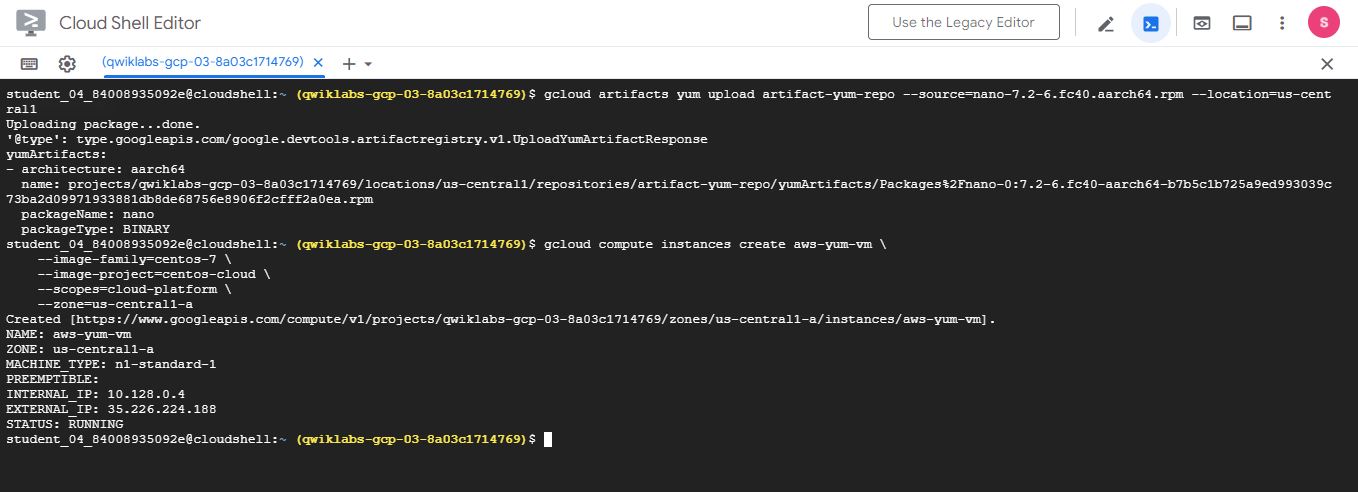
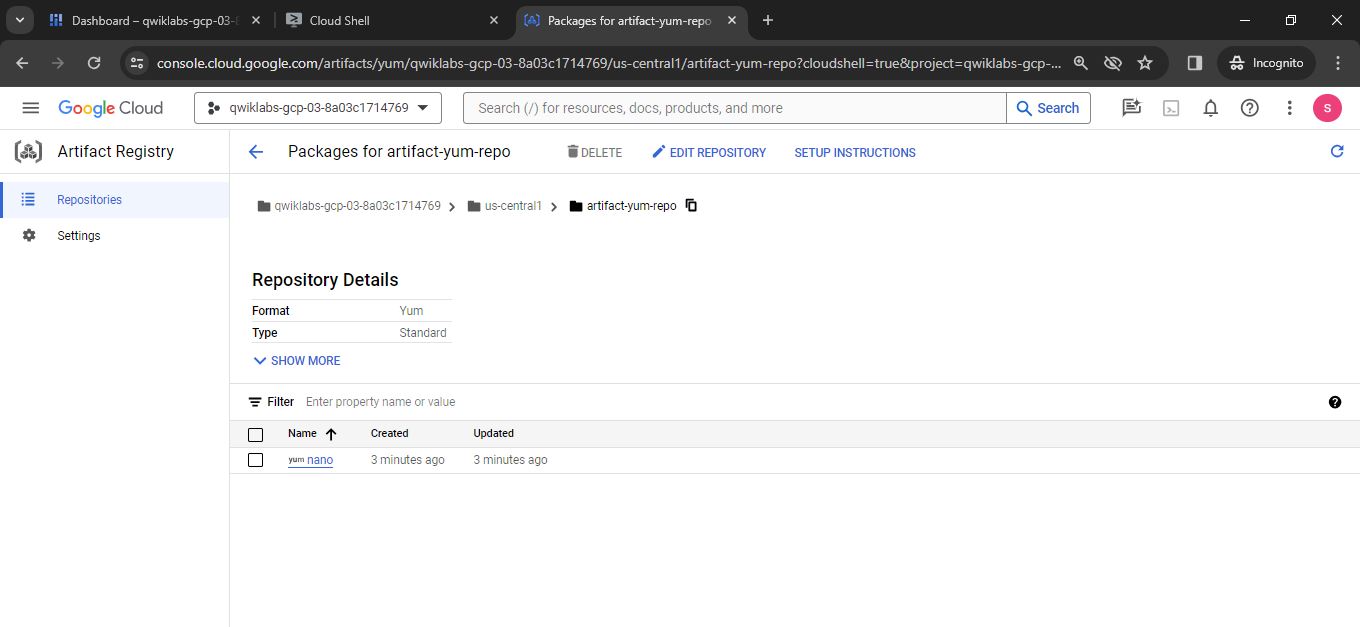
Integrating with Your Projects: Seamlessly integrate Artifact Registry with your projects by configuring package managers or deployment scripts to fetch dependencies from your private repository.
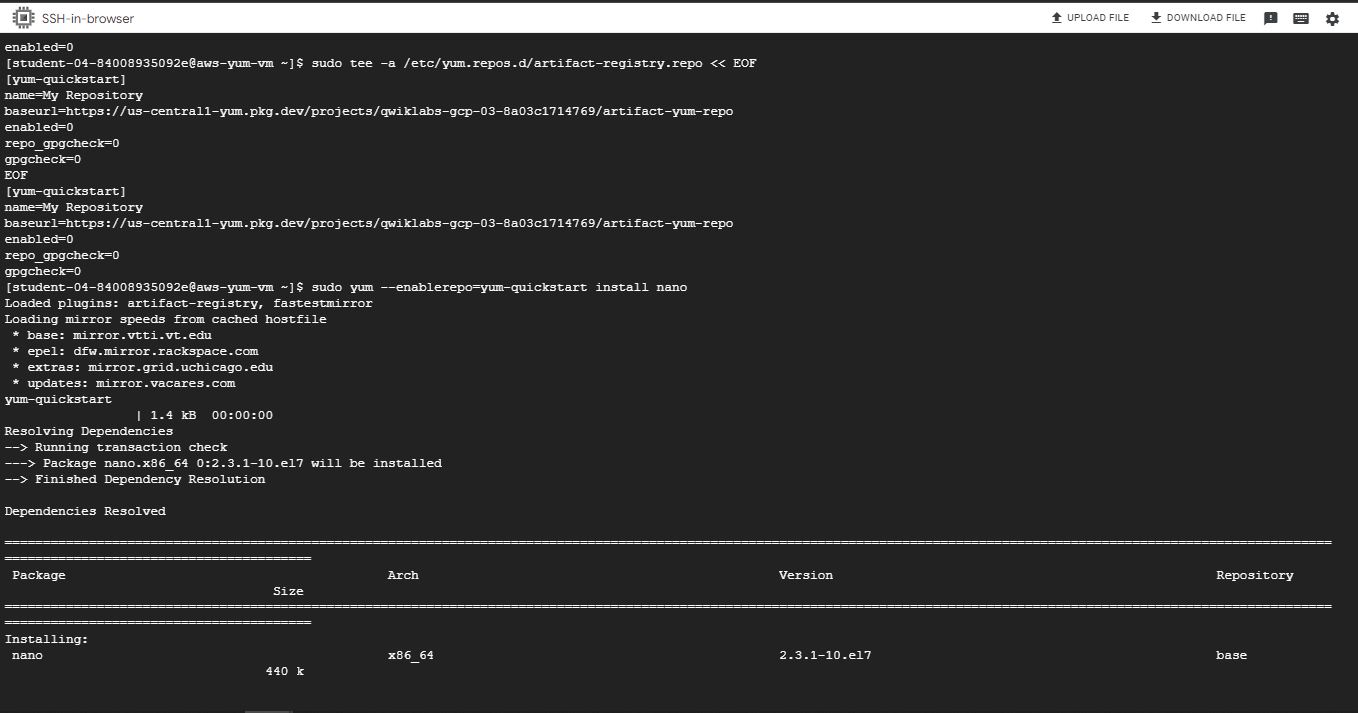
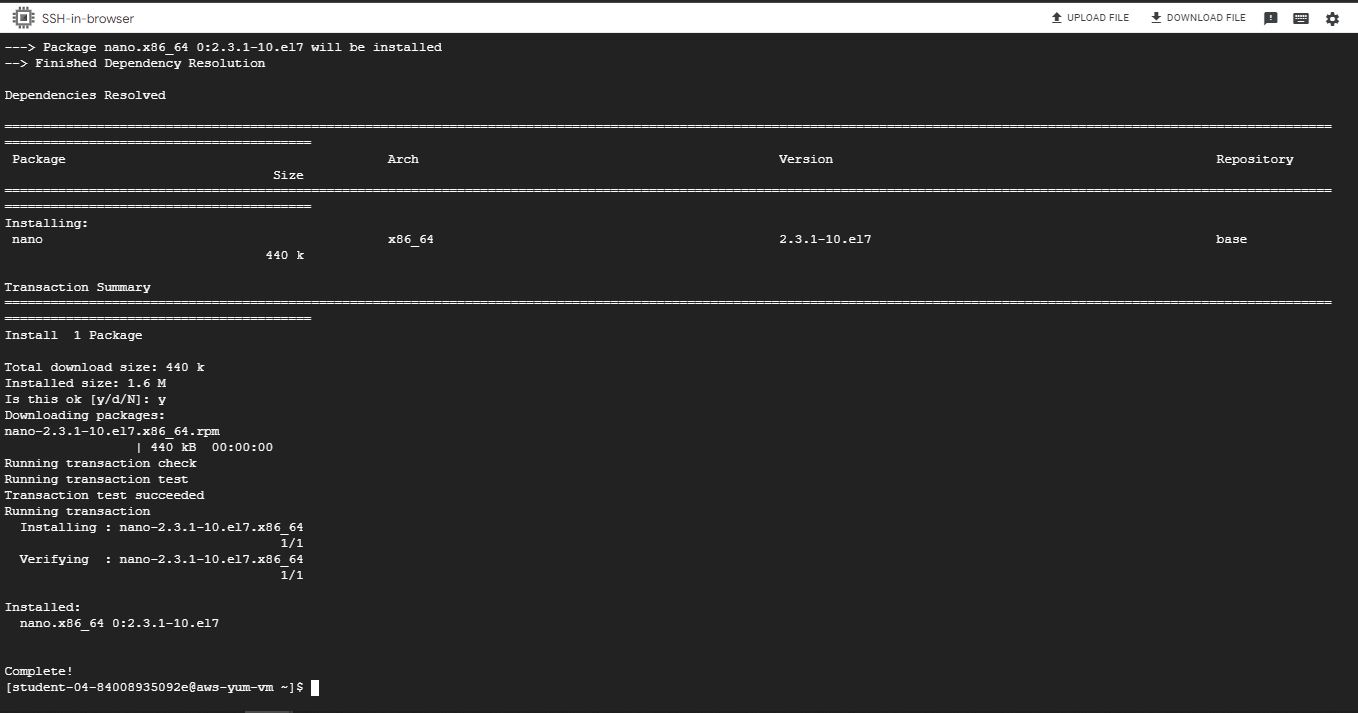
Conclusion:
Google Artifact Registry offers a comprehensive solution for managing software packages, providing centralized package management, enhanced security, and seamless integration with Google Cloud Platform services. By leveraging Artifact Registry, development teams can streamline their package management workflows, improve collaboration, and ensure smoother deployments across different environments.
Additional Resources:
Subscribe to my newsletter
Read articles from Amol Kadwe directly inside your inbox. Subscribe to the newsletter, and don't miss out.
Written by

Amol Kadwe
Amol Kadwe
Hey there! I'm passionate about DevOps, with a strong IT background and a knack for automation. I'm skilled in version control using Git, setting up CI/CD pipelines, containerization with Docker, orchestrating deployments with Kubernetes, managing infrastructure operations, and leveraging cloud platforms like AWS, Azure, and GCP. I love sharing what I learn through tutorials and training sessions, so join me on my blog for practical DevOps insights and tips!